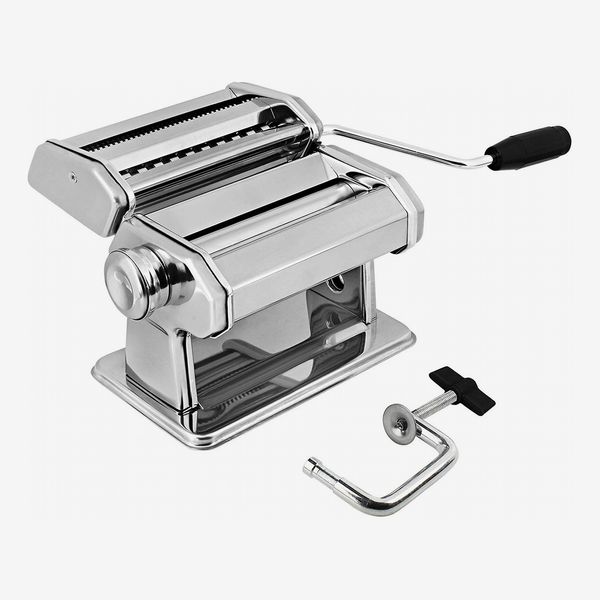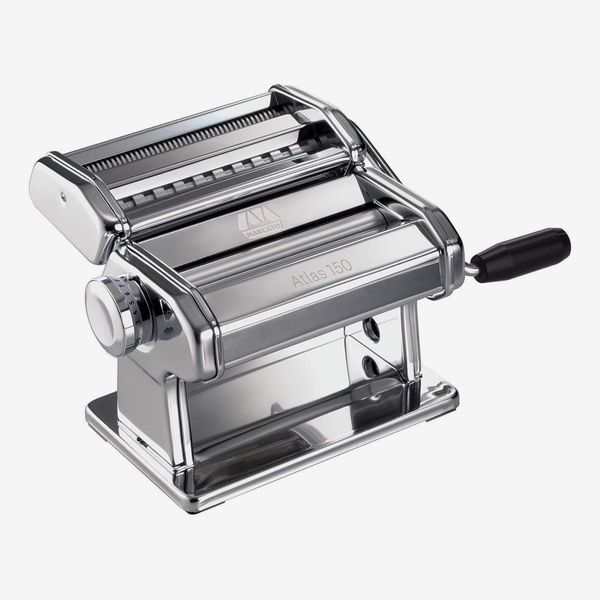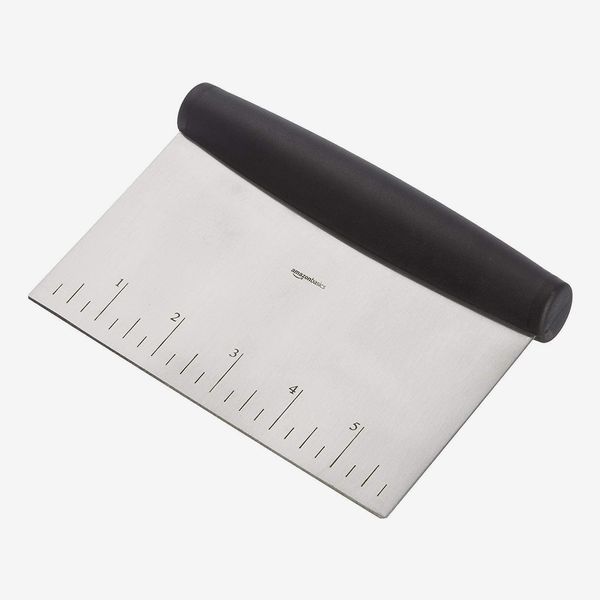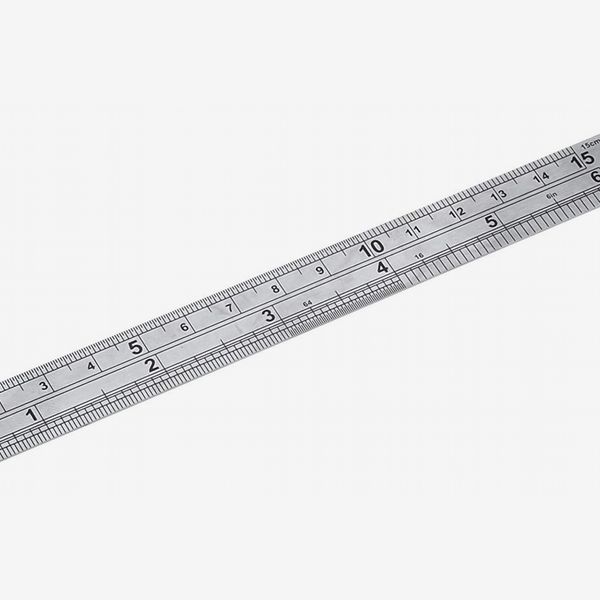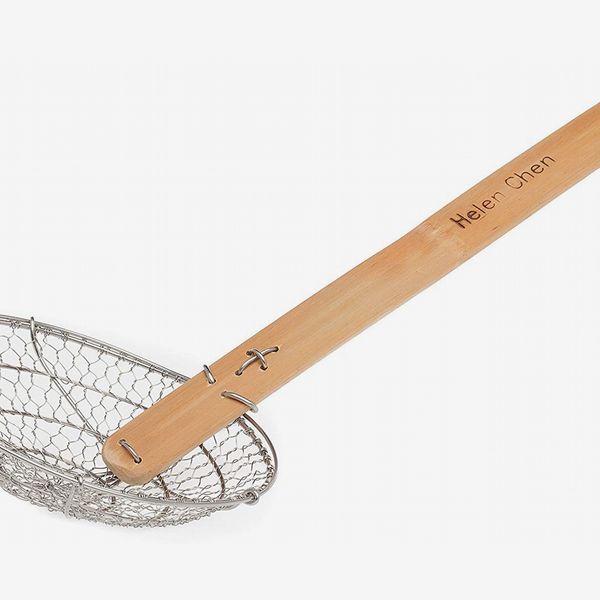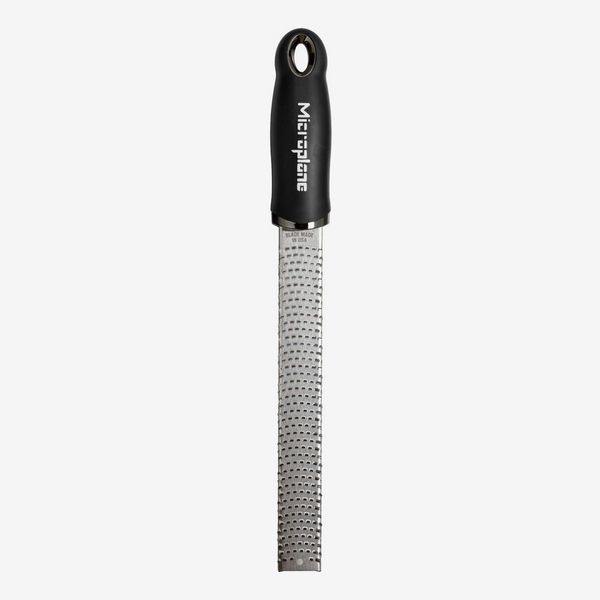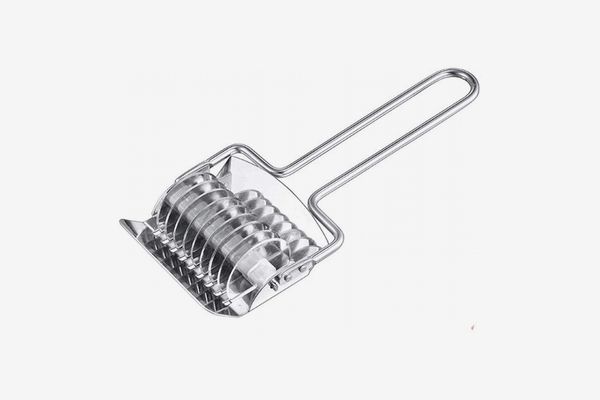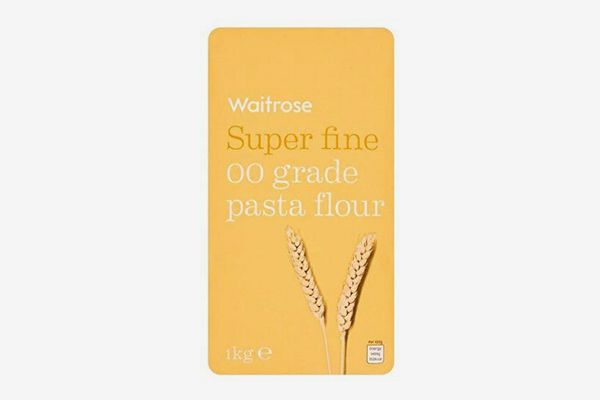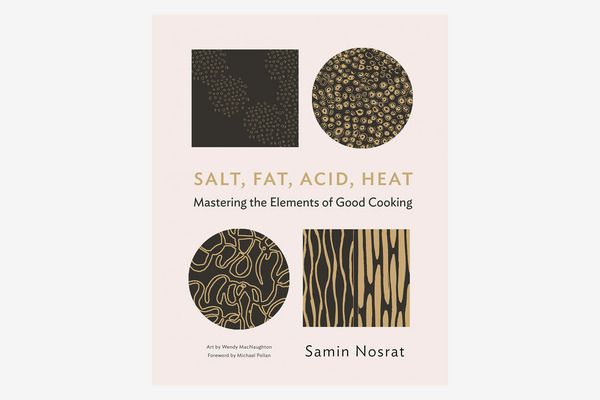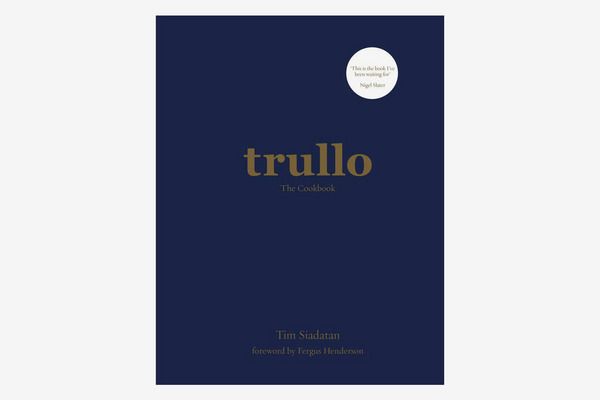
Some people run, some people give up booze, but last year, during the month of January, pasta was all I thought about. I had always wanted to learn how to make it, and a brief between-jobs cooling-off period gave me the time to get stuck in.
I taught myself mainly from YouTube videos (spoiler: pasta dough is really easy to make) but you do need a few different tools for the job. I was wary of spending lots of money on things I might never use again — hello, Nutribullet — but I didn’t want to skimp on quality, either.
These are the products I’ve used again and again. I haven’t included basic items such as a pot to boil your pasta in, or a skillet to soften butter, because people typically own those anyway. But if you are wanting something more exhaustive, my colleague Maxine asked experts on the best equipment for any pasta-making prodigies.
I bought a pasta maker for £30, which was great for learning the ropes. You roll the dough out by feeding it through two rollers, using a dial to decrease the gap between them each time you feed it through. This one is light and really easy to clean (helpful when you’re scattering flour everywhere) and it comes with a G-clamp so you can secure it to a worktop. You can even crank it with one hand just in case, no judgement here, you want to film a Boomerang of your exploits for the ’gram. We won’t tell anyone.
If you use it tons, you can upgrade to a flashier model, which is what I’m thinking of doing next year. Marcato is a highly respected Italian manufacturer who have been in business since 1930.
A dough scraper is essential for cutting pasta dough into more manageable bits, but this one in particular has measurements etched into the side (which is really helpful if you’re making ravioli). The metal is also sharp enough to cut through dough, so sometimes I use the tip in lieu of a paring knife when I’m slicing dough into strands. I also like to use it to sweep up any flour that’s on my worktop afterwards.
I also got a stainless-steel ruler for when I need extra precision — like making lasagna sheets that fit my awkward baking dishes.
This is a mesh basket with a handle, and it’s ostensibly for scooping ravioli or bundles of tagliatelle out of a boiling pot of water (tipping the contents into a colander or sieve is a little rough on your pasta). You could also use it for boiled eggs or blanched greens. There are loads on the market, but get one with a bamboo handle — it won’t conduct heat so you’re less likely to get burned, and they’re more lightweight than a metal one, too. I saw this one used in the Bon Appétit test kitchen and bought it right away.
Unlike box graters, which are manufactured by a stamping process, microplane’s graters are made using a unique chemical process, which means the teeth are extra sharp (and don’t go blunt as easily). This is the classic model, which has super-fine holes and is perfect for zesting or mincing garlic, but, crucially, it’s the best model for turning hard cheese like Pecorino into a pile of fluffy, powdery goodness.
At first I bought a cutter which looked like a garden trellis — five wheels on five metal arms that widened and contracted. But it was far wider than I really had any need for. So I got this neater model for under £10, which is perfect for thin stands like spaghetti, which I make a lot. Bear in mind a wheel scores the pasta — it doesn’t cut it — so follow through with a paring knife (or better yet, your bench scraper, as long as it’s a metal one).
When you think of homemade pasta, you might think of those hangers people use to drape their pasta over. To that I say: No thanks! They look ridiculous, take up room, and unless you’re cooking for 16 people, you’re not going to be making enough pasta to justify it. Instead, leaving your pasta on a lightly floured sheet tray is fine (for lengths of pasta, shape them into palm-size nests with your hands first).
00 Grade Flour is the finest flour you can buy (there are four grades, starting at 2 and ending with 00), and it gives your pasta its requisite chew and silkiness. Most big supermarkets will carry a version, and it’s pretty cheap — I like Sainsburys’ own brand (which has a recipe on the back!) but Waitrose’s 00 Grade is also good and costs just £1.
If you need recipe inspiration, Samin Nosrat’s wonderful Salt, Fat, Acid, Heat features Nosrat’s own dough recipe (and a great ragù, too).
The cookbook from Trullo, by chef Tim Siadatan, is also a great resource.
The Strategist UK is designed to surface the most useful, expert recommendations for things to buy across the vast e-commerce landscape. Read about who we are and what we do here. Our editors update links when possible, but note that deals can expire and all prices are subject to change.
